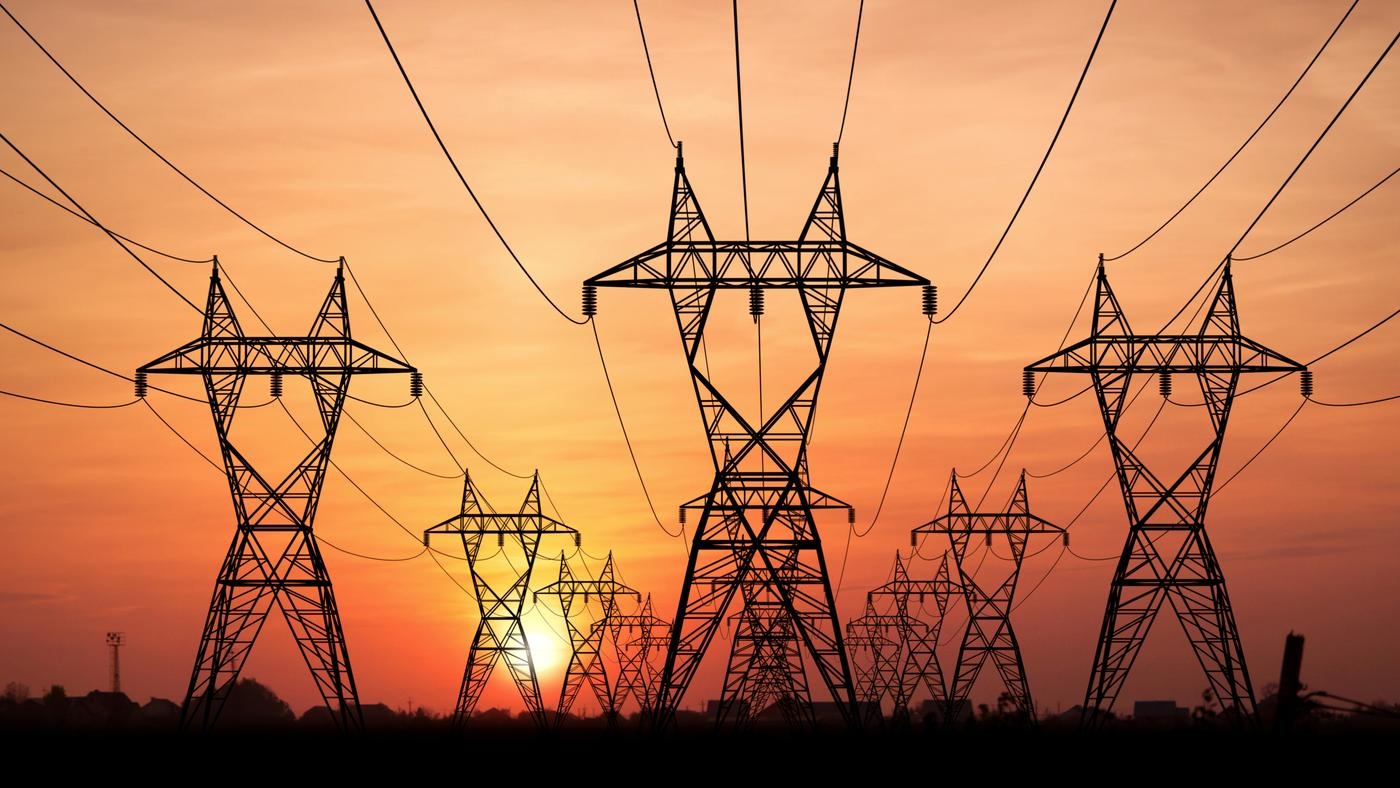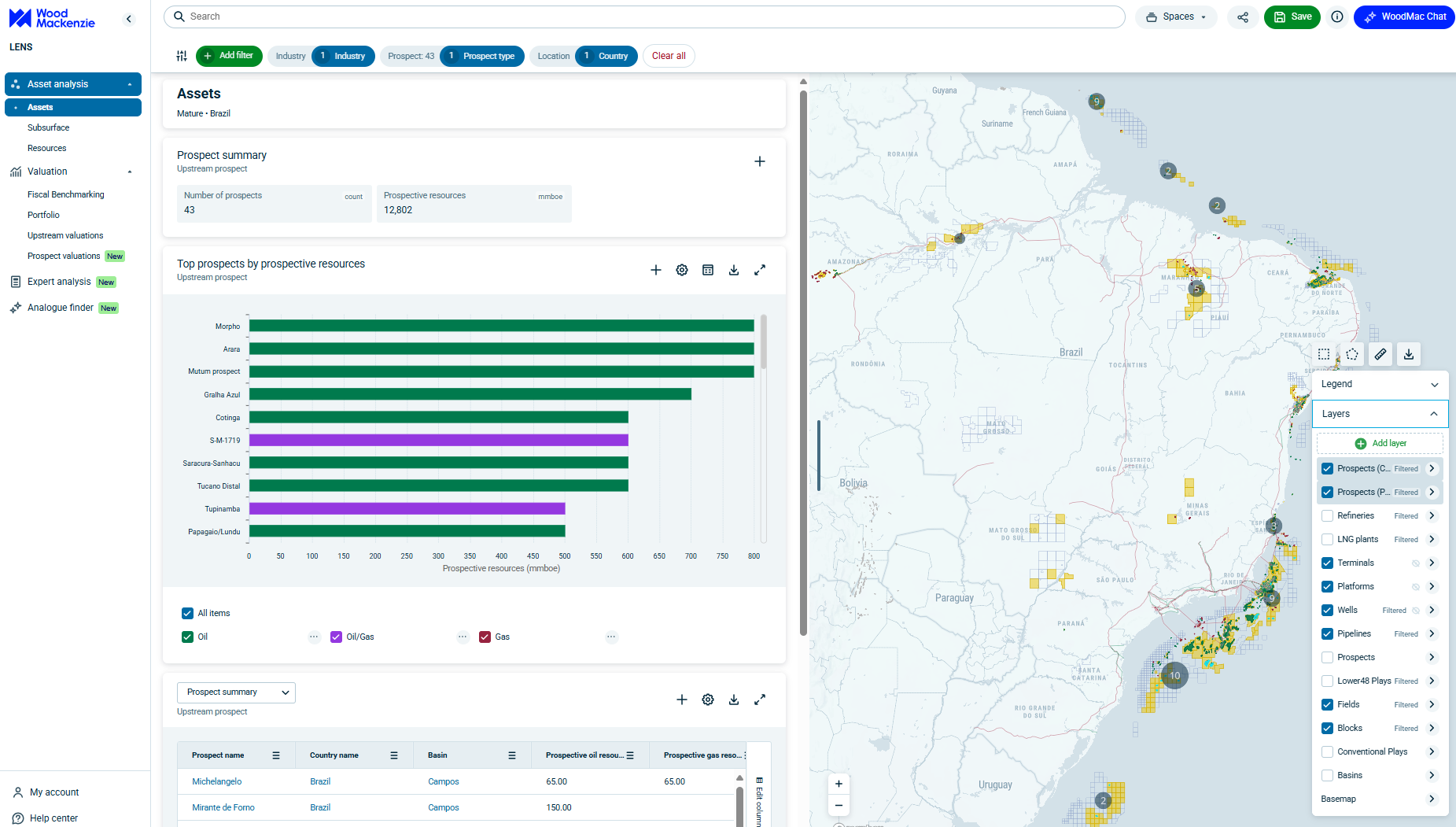Discuss your challenges with our solutions experts
False dawn for lithium-ion battery recycling?
Li-ion recycling will have a limited impact on battery supply chain pressures to 2030
1 minute read
Electric vehicles (EVs) will rule the world’s roads by 2050 – that is not in doubt. But for those in the battery industry, pressures on the supply chain caused by this automotive overhaul remain a major concern.
Lithium-ion (Li-ion) batteries will inevitably be the workhorse for electrification. The difficulty surrounding sourcing sufficient volumes of critical battery materials like lithium, nickel and cobalt is something we’ve been discussing for some time. But can battery recycling delay the onset of supply imbalances set to occur later in the decade?
This insight, drawing on data from our Battery Raw Materials Service, looks into:
- the issues recyclers will face by 2030
- why EV battery recyclers are going too fast, too soon
- and, ultimately, why the raw material supply chain will still heavily depend on a mining sector that will struggle to keep up.
The world electrified: the supply chain is struggling to keep pace with EVs
The transition to EVs is powered by the need to limit emissions from the transportation sector – a rare occasion where a drastic change to the status quo is almost universally called for. Vehicles are switching from explosions to electricity – combustion engines are giving way to energy storage technology – and the scale of growth will be enormous.
Underneath the surface of this electric future lies a relatively young supply chain struggling to keep up. The demand market can fluctuate over months – indeed Chinese new energy vehicle (NEV) sales have more than doubled from January to September this year. But expanding upstream and midstream to produce battery materials involves lead times of several years. As it is such a new industry, there is limited historic capacity to flip the switch on. Many see this as a ripe environment for recycling to make a tangible impact.
The world, particularly East Asia where the battery midstream is based, already has a fully functioning battery recycling industry. Phones, laptops and other portable electronics have been using Li-ion batteries for decades. With the demand for EV Li-ion batteries set to grow faster than electronics batteries did, and with much larger battery sizes involved, surely EV battery recycling can make a significant impact on the supply chain?
Recycling Li-ion batteries is inevitable – but not enticing
The Li-ion industry will certainly see recycling as an attractive option for material supply. All three major cathode types – LFP, NMC and NCA – contain lithium and two contain both nickel and cobalt. Since demand for Li-ion batteries puts these three commodities on a trajectory to virgin material deficit by 2030, cell manufacturers see recycling as an opportunity to delay or even prevent expected price surges.






